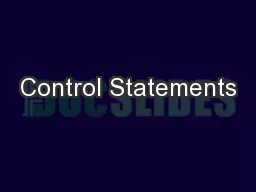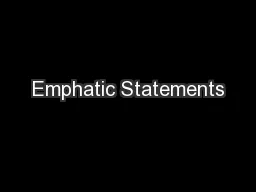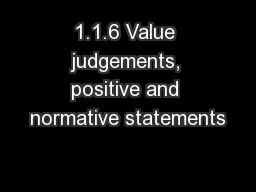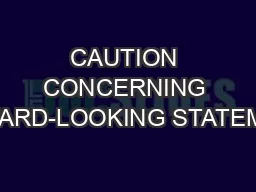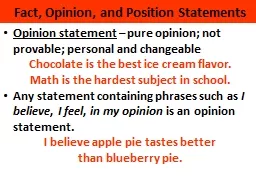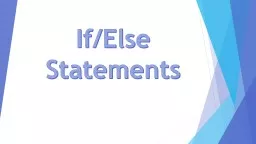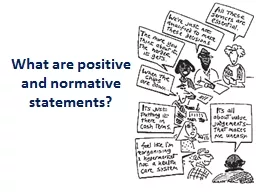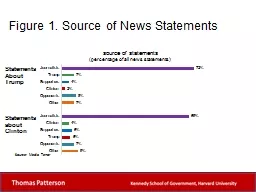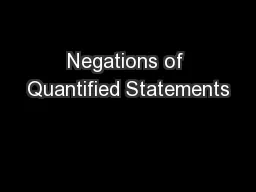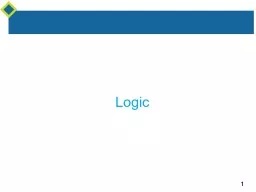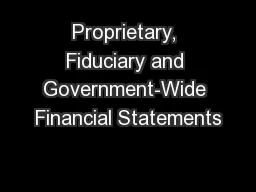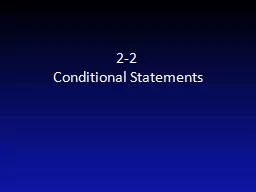PPT-Control Statements
Author : alida-meadow | Published Date : 2017-08-10
Eric Roberts and Jerry Cain CS 106J April 11 2017 Once upon a time Holism vs Reductionism In his Pulitzerprizewinning book computer scientist Douglas Hofstadter
Presentation Embed Code
Download Presentation
Download Presentation The PPT/PDF document "Control Statements" is the property of its rightful owner. Permission is granted to download and print the materials on this website for personal, non-commercial use only, and to display it on your personal computer provided you do not modify the materials and that you retain all copyright notices contained in the materials. By downloading content from our website, you accept the terms of this agreement.
Control Statements: Transcript
Download Rules Of Document
"Control Statements"The content belongs to its owner. You may download and print it for personal use, without modification, and keep all copyright notices. By downloading, you agree to these terms.
Related Documents

